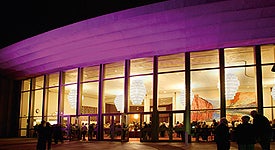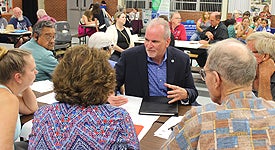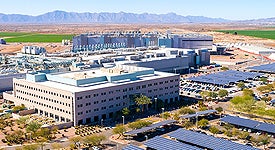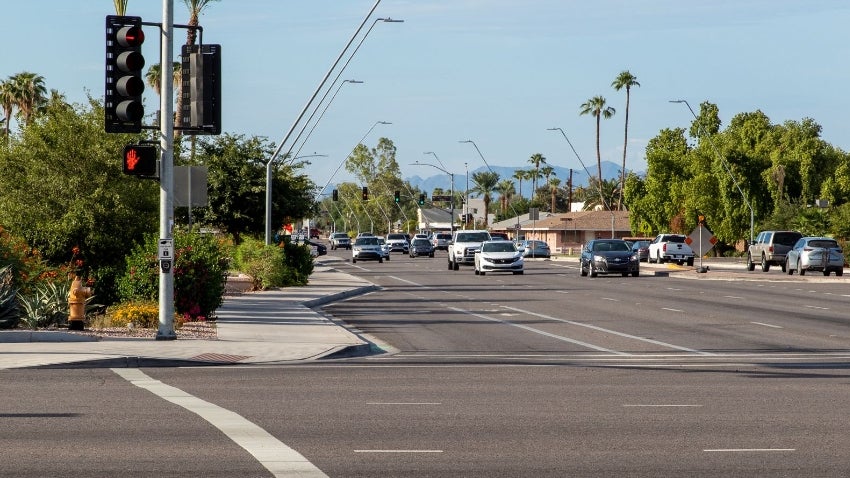
Our traffic signals are a key part of what keeps Chandler moving safely and efficiently. Whether you’re driving, biking or walking, understanding how our traffic signals work can help you navigate the city with ease.
Traffic signals are the unsung heroes of our roadways, orchestrating the safe and efficient movement of vehicles and pedestrians through intersections. These complex systems rely on a combination of technology and timing to manage traffic flow and ensure that everyone reaches their destination safely.
Traffic Signal Timing
In Chandler, we use advanced technology to optimize traffic signal timing, ensuring vehicles move smoothly through our intersections. Using the Manual on Uniform Traffic Control Devices (MUTCD) and other best practices as our guide, our traffic signal analysts and engineers input traffic counts into Synchro, a specialized signal timing software. This program helps us balance traffic flow, especially during peak commute hours when traffic is heaviest.
Did You Know?
Balancing traffic flow means making sure each direction of traffic gets its fair turn to move through intersections without unnecessary delays. By fine-tuning the traffic signals, we help keep traffic moving smoothly in all directions, reducing wait times and getting you to your destination faster.
Signal Detection
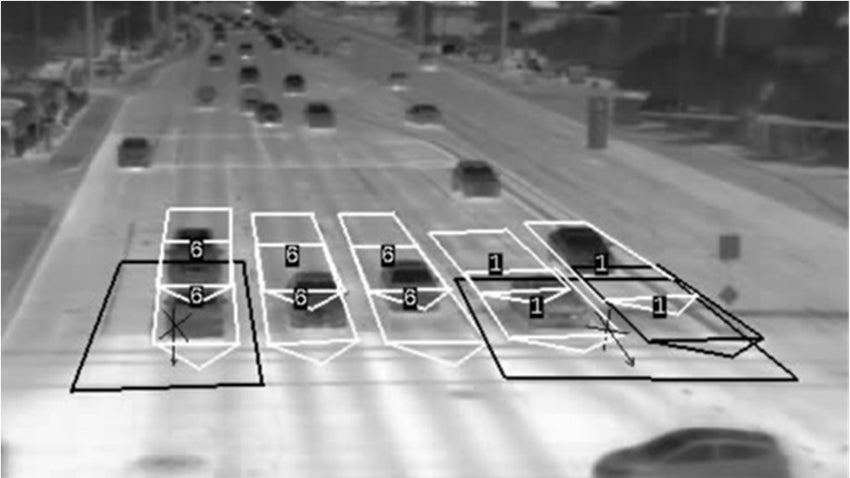
Our traffic signals no longer rely on the old magnetic loops buried in the road. Instead, we use advanced electronic vehicle detection systems, like the one shown in the image. These systems use sensors to detect when a vehicle is waiting at an intersection.
Once detected, the system alerts our traffic signal controllers to change the lights, ensuring traffic flows smoothly and efficiently. This technology responds quickly to real-time traffic conditions, improving your driving experience throughout Chandler.
Did You Know?
If a traffic signal is flashing red or the signal is completely out, treat it as a stop sign—come to a complete stop and proceed when it’s safe. Chandler re-times one-quarter of its traffic signals every year to keep traffic flowing smoothly. If you encounter a flashing yellow traffic signal, it means proceed with caution. You should slow down, look out for other vehicles and pedestrians, and only continue through the intersection when it is safe to do so.
Pedestrian Push Button
Pedestrians play a key role in Chandler's traffic system. To safely cross the street, push the pedestrian button to signal your intent. This will alert the signal controller to extend the green light, giving you enough time to cross.

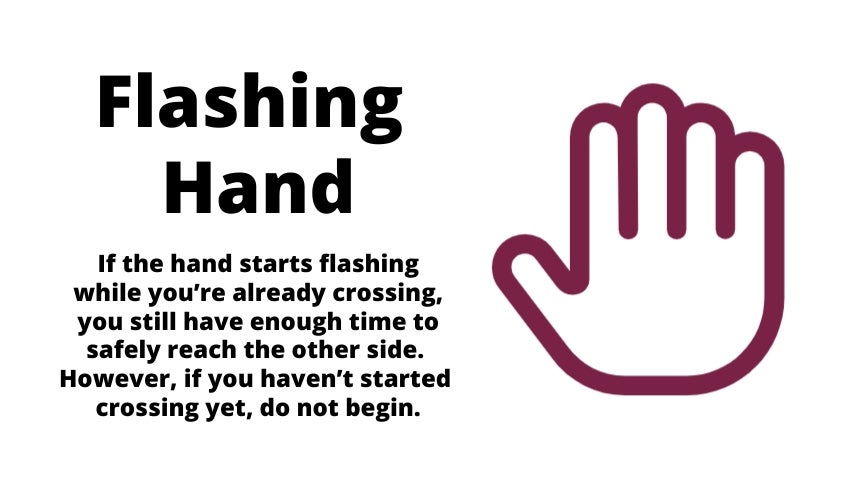
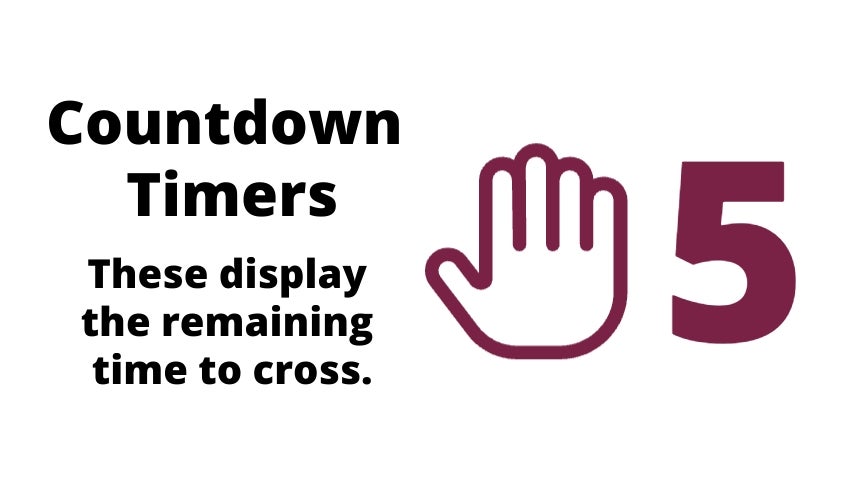
Audible Pedestrian Signals
Assist Visually Impaired Pedestrian Crossing
For individuals with visual impairments crossing busy intersections can be challenging. To address this, Chandler has installed Audible Pedestrian Signals (APS) at many intersections throughout the city. These signals provide verbal cues or tones to indicate when it is safe to cross the street, making our intersections more accessible and safer for everyone.
When a pedestrian presses the button to activate the walk signal, the APS system will respond with either a verbal message, such as “Walk sign is on to cross [street name],” or a series of audible beeps or tones. These cues align with the visual pedestrian signals, ensuring visually impaired pedestrians receive clear and timely information about when to begin crossing.
Additional Features
- Locator Tones: APS often includes a constant, low-volume locator tone that helps pedestrians find the push button.
- Vibration Cues: Some APS units also vibrate when the walk signal is active, providing an additional layer of information for those who might have both visual and auditory impairments.
- Extended Timing: When activated, the pedestrian signal will extend the crossing time to ensure that all pedestrians, including those with mobility challenges, have ample time to safely cross the street.
- Why It Matters: Audible pedestrian signals are an essential part of our commitment to making Chandler's streets accessible to all residents, regardless of their abilities. These signals ensure everyone, including those with visual impairments, can navigate our city safely and independently.
Report a Traffic Signal Issue
If you notice a problem with a traffic signal—a signal that’s out, or any other issue— please let us know. Our team is here to keep Chandler’s traffic moving safely and efficiently.
Report an issue below or call 480‐782‐3454.
Learn more about:
- Traffic Volumes and Calming Measures
- Flashing Yellow Arrows
